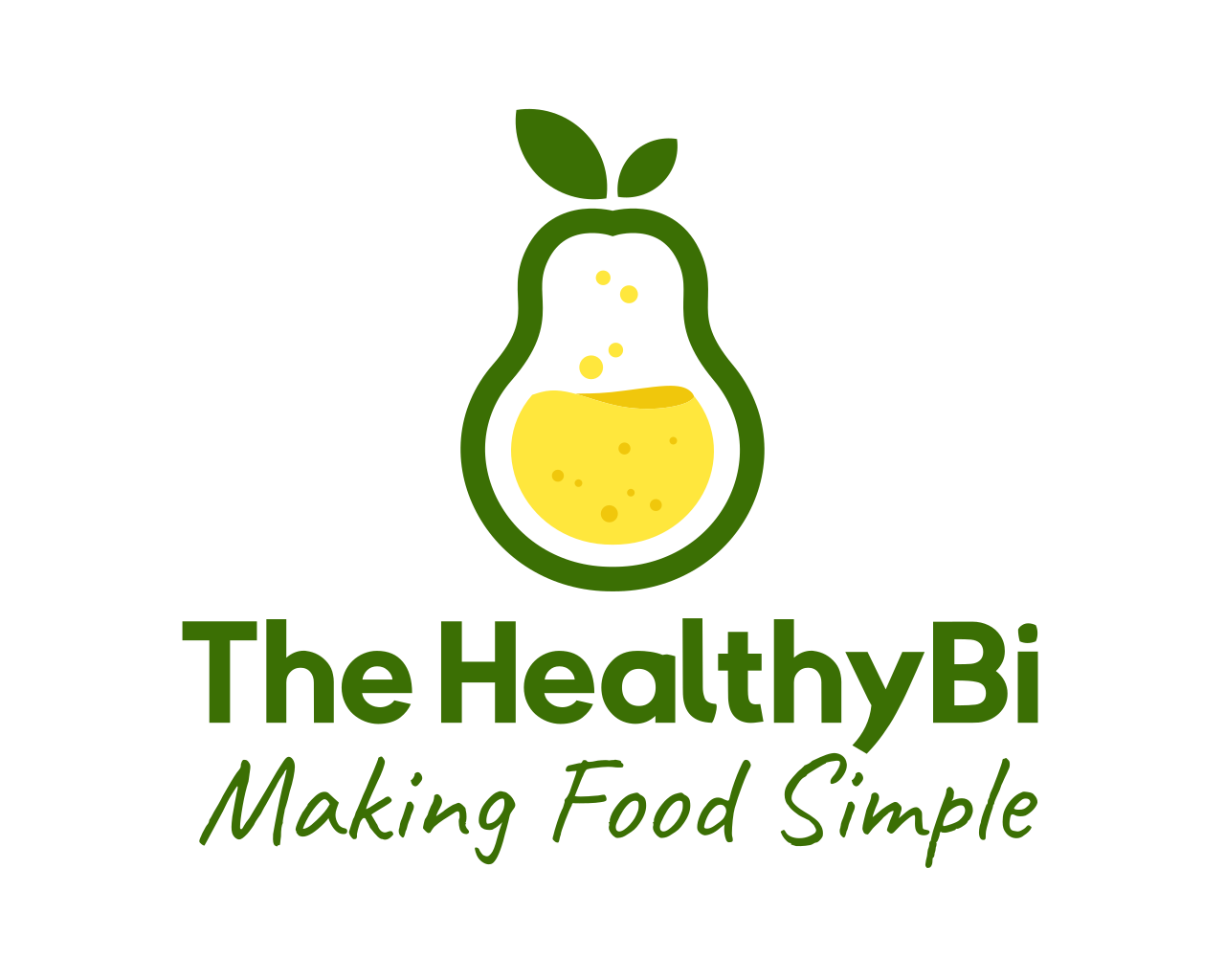Why You Should Remove Seed Oils from Your Child’s Diet
As parents, we strive to provide the best nutrition for our children, but many common foods contain ingredients that may not be as healthy as they seem. One such ingredient is seed oils, which are found in processed foods, snacks, and even so-called “healthy” options. While they’re marketed as heart-healthy and safe, emerging research suggests that these oils may contribute to inflammation, metabolic issues, and long-term health risks.
If you want to give your child the best nutritional foundation, here’s why you should consider eliminating seed oils from their diet and what to use instead.
What Are Seed Oils?
Seed oils, also known as industrial vegetable oils, are extracted from seeds using high heat and chemical solvents. These oils are highly refined and processed, often going through bleaching and deodorizing before being added to food products.
Common seed oils include:
• Soybean oil
• Canola oil
• Corn oil
• Sunflower oil
• Safflower oil
• Cottonseed oil
• Grapeseed oil
They are widely used in fast food, packaged snacks, salad dressings, and even some baby foods.
Why Seed Oils Are Problematic for Kids
1. High in Inflammatory Omega-6 Fatty Acids
Seed oils contain high amounts of omega-6 fatty acids, which the body needs in small amounts. However, excessive omega-6 consumption, especially without enough omega-3 fatty acids to balance it, can contribute to chronic inflammation. Inflammation is linked to conditions like asthma, eczema, obesity, and even behavioral issues in children.
2. Linked to Metabolic Issues
Emerging research suggests that the overconsumption of seed oils may contribute to insulin resistance and metabolic dysfunction, even in young children. This can lead to an increased risk of childhood obesity, type 2 diabetes, and other metabolic conditions later in life.
3. Oxidative Stress and Cell Damage
Because seed oils are highly processed, they are unstable when exposed to heat, light, and oxygen. When consumed, they contribute to oxidative stress, a process that damages cells and can accelerate aging and disease. Children’s bodies are still developing, making them especially vulnerable to this type of damage.
4. Disrupts Healthy Brain Development
The brain is made up of nearly 60% fat, and the types of fats a child consumes impact brain development. Seed oils contain processed fats that can interfere with cognitive function, learning ability, and mood regulation. Healthy brain development relies on high-quality saturated fats and omega-3s, which seed oils lack.
5. Weakens the Immune System
A child’s immune system is constantly growing and adapting. Seed oils can suppress the immune response by increasing inflammation and disrupting the balance of essential fatty acids in the body. This can make children more susceptible to frequent illnesses, allergies, and autoimmune conditions.
What to Use Instead
If you want to remove seed oils from your child’s diet, focus on replacing them with natural, stable fats that provide essential nutrients. Here are some healthier alternatives:
Better Cooking Oils:
• Extra Virgin Olive Oil – Rich in antioxidants and heart-healthy monounsaturated fats
• Coconut Oil – Stable at high heat, great for cooking and baking
• Avocado Oil – High in monounsaturated fats, good for cooking and dressings
• Grass-Fed Butter or Ghee – Provides essential fat-soluble vitamins
Whole Food Fat Sources:
• Organic eggs – Contain choline for brain development
• Wild-caught fish – High in omega-3s for brain and immune health
• Grass-fed meats – Nutrient-dense and free from processed fats
• Nuts and seeds (in moderation) – Provide healthy fats without processing
Snack and Processed Food Swaps:
• Instead of potato chips fried in seed oils, choose homemade sweet potato chips baked in coconut oil
• Instead of store-bought salad dressings, make your own with olive oil, lemon juice, and herbs
• Instead of margarine or vegetable oil spreads, use grass-fed butter or ghee
How to Transition Your Child Away from Seed Oils
Removing seed oils from your child’s diet doesn’t have to be overwhelming. Here are some simple steps to make the transition easier:
1. Read Ingredient Labels
Check food labels for soybean oil, canola oil, sunflower oil, and other seed oils. Many packaged snacks, granola bars, and dressings contain them—even organic products.
2. Cook More at Home
By preparing meals at home, you can control the ingredients and avoid seed oils. Opt for whole, unprocessed foods and cook with natural fats like butter, olive oil, and coconut oil.
3. Make Healthy Snacks Accessible
Kids love snacks, so stock up on real-food alternatives like fruit, cheese, yogurt, and homemade treats made with healthy fats.
4. Gradually Phase Out Processed Foods
Start by replacing one processed food at a time with a healthier option. For example, swap out store-bought popcorn made with canola oil for homemade popcorn with coconut oil and sea salt.
5. Educate and Involve Your Kids
Teach your children about healthy fats and why they matter. Let them help pick out healthy ingredients at the store or assist with simple meal prep. When kids feel involved, they’re more likely to embrace healthy eating.
Final Thoughts
Seed oils are everywhere, but they don’t have to be part of your child’s diet. By removing these processed fats and replacing them with whole, nutrient-rich alternatives, you’re setting your child up for better health, brain function, and long-term wellness.
Taking small steps—reading labels, cooking at home, and choosing real, unprocessed fats—can make a big difference in your child’s health.
Want to make clean eating even easier? Try the Healthy BI app, which provides pediatrician-approved meal recommendations, clean ingredient swaps, and guidance for feeding your child the best possible diet.
Download it for free:
By making informed choices today, you’re giving your child the best foundation for a lifetime of health!
